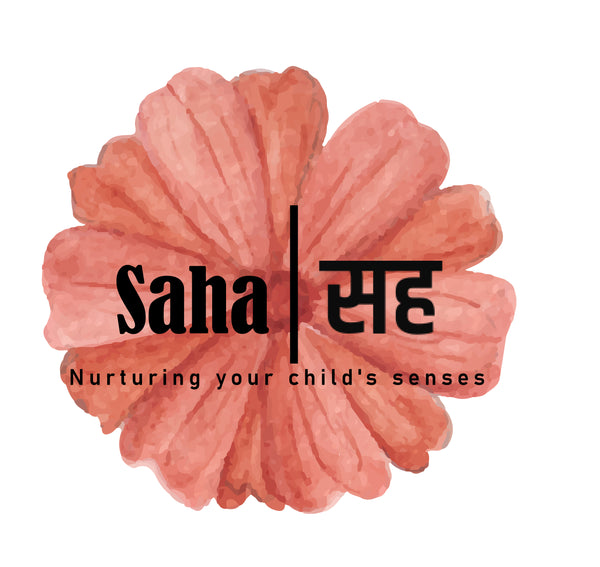
The Double-Edged Sword of Modern Toys: Distraction vs. Development
Share
In today’s fast-paced digital age, children are surrounded by a plethora of modern toys designed to captivate and entertain. From flashy gadgets to interactive dolls, these toys are engineered to spark initial excitement. However, a closer examination reveals an unsettling trend: many of these toys foster more distraction than genuine development, leaving little room for the imagination to flourish.
The Allure of Modern Toys
At first glance, modern toys often seem like a miracle of innovation. Many are infused with advanced technology, featuring bright lights, engaging sounds, and interactive elements that can hold a child's attention for hours. They can teach basic concepts, promote fine motor skills, and develop hand-eye coordination. Tools that can simplify learning are undoubtedly beneficial. However, therein lies a paradox: while these toys initially wow children with their engaging features, they can quickly deplete attention spans and stall deeper cognitive development.
Instant Gratification Leads to Short Attention Spans
Modern toys often cater to a culture of instant gratification, where children receive immediate feedback from their play experiences. The thrill of pressing a button to trigger a spectacular light show or an animated response may overshadow the joys of imaginative play. Unlike traditional toys—think building blocks, dolls, or art supplies—which encourage kids to create narratives and explore their surroundings, modern gadgets tend to provide a passive experience where the child is merely a spectator rather than an active participant.
Moreover, many of these toys have a short shelf-life in terms of engagement. After a few play sessions, the novelty wears off, leaving children easily bored and desperately seeking the next shiny object to capture their attention. Studies have shown that this constant shift in focus can hinder the development of critical thinking and problem-solving skills, as children become reliant on toys for stimulation rather than using their own minds.
Imagination: The Key Developmental Tool
Imaginative play is a cornerstone of childhood development. It fosters creativity, enhances language skills, builds emotional intelligence, and teaches social dynamics through role-play. Traditional toys, such as dolls, action figures, and even simple art supplies, offer children the opportunity to craft their own worlds and narratives. When children engage with such toys, they learn to express their thoughts and emotions, negotiate roles in play with others, and develop a sense of agency.
In contrast, modern toys that streamline play into pre-programmed responses can stifle this imaginative exploration. When a child interacts with a toy that dictates the course of play, there is little room for improvisation or the creation of original scenarios. This limitation can lead to a stagnation of creativity, leaving children less equipped to dream and innovate.
Finding a Balance
So, what can parents and caregivers do to strike a balance between modern and traditional play? Here are a few suggestions:
1. Opt for Open-ended Toys: Look for toys with the potential for creative play. Certain interactive toys allow for open-ended storytelling or problem-solving that promotes engagement rather than passive consumption.
2. Encourage Screen-Free Playtime: Encourage children to engage with toys that foster creativity, like building sets or art materials, without electronic components.
3. Limit Toy Overload: Too many choices can lead to overwhelm and distraction. Curate a selection of toys that challenge your child’s creativity, and rotate them to maintain interest.
4. Model Imaginative Play: Engaging in play alongside your child can inspire their imagination. By co-creating stories and scenarios, you demonstrate the joy of imaginative thinking.
5. Facilitate Outdoor Exploration: Nature and the outdoors provide endless opportunities for imaginative play. Allow children to explore their surroundings, creating their own adventures without the confines of a toy's design.
Conclusion
While modern toys can certainly add joy and enrichment to a child’s playtime, it’s vital to recognize the risks associated with reliance on them. The potential for distraction over-development is a reality that parents must navigate carefully. By fostering an environment that values imagination and creative play, we can ensure that the youngest generation not only entertains but cultivates the skills necessary for a bright and innovative future.
